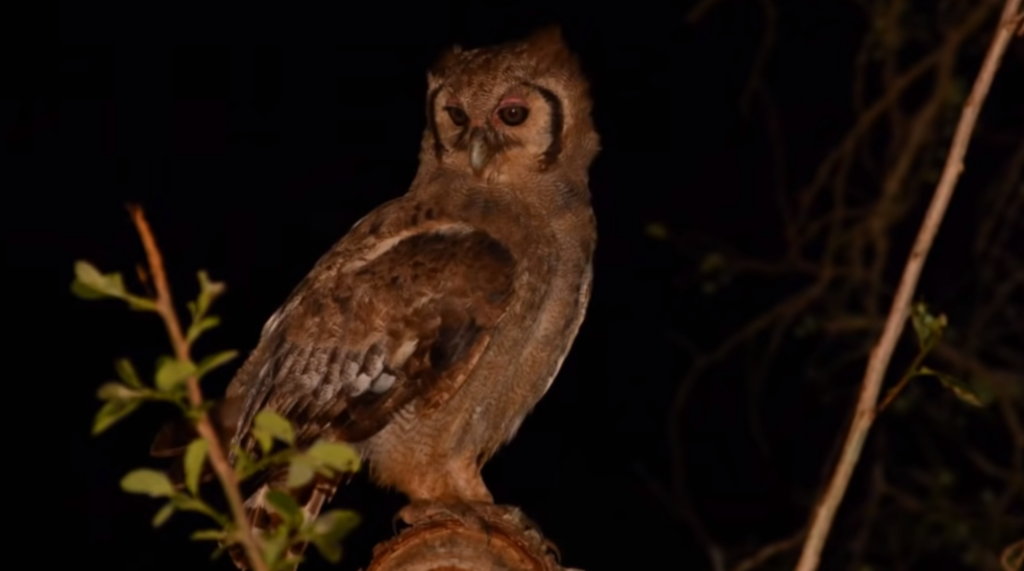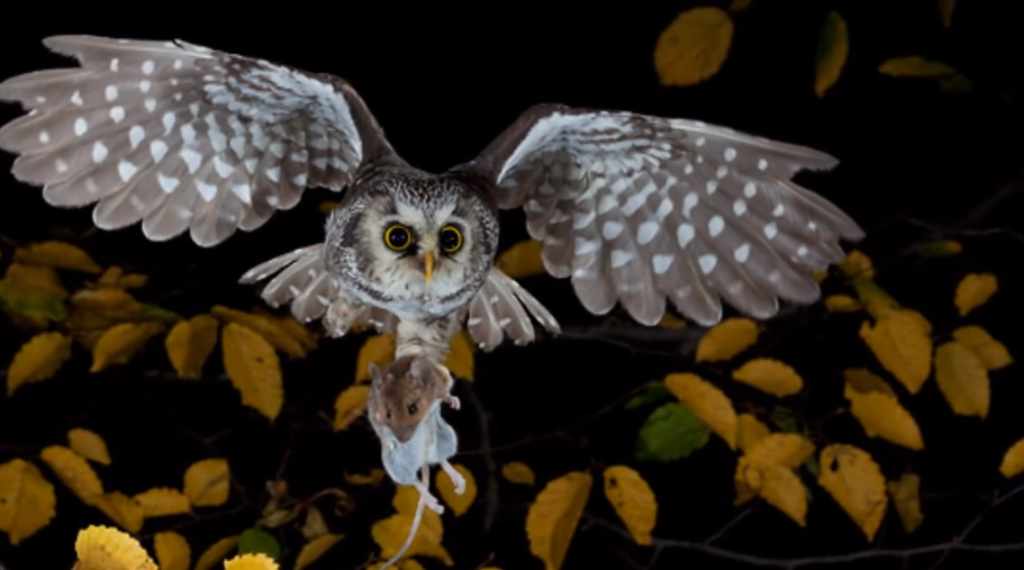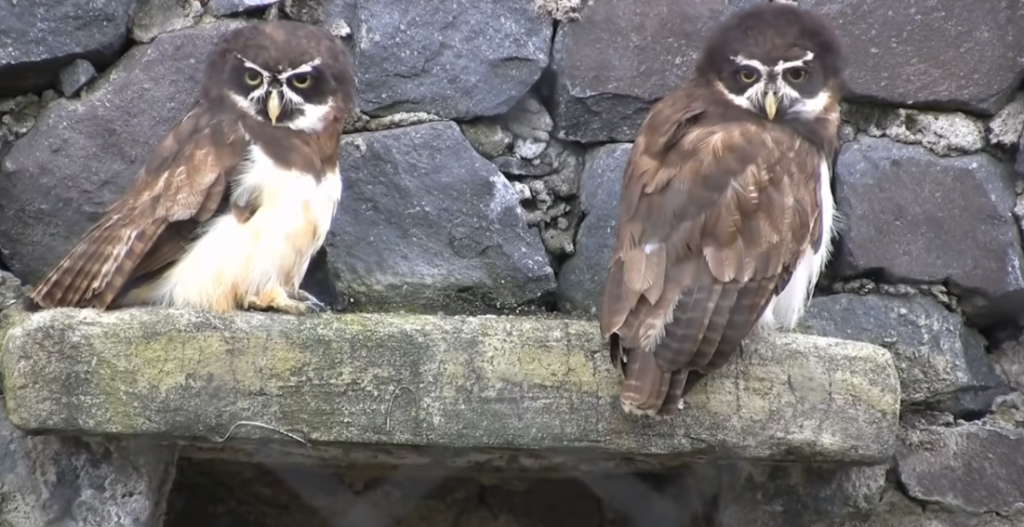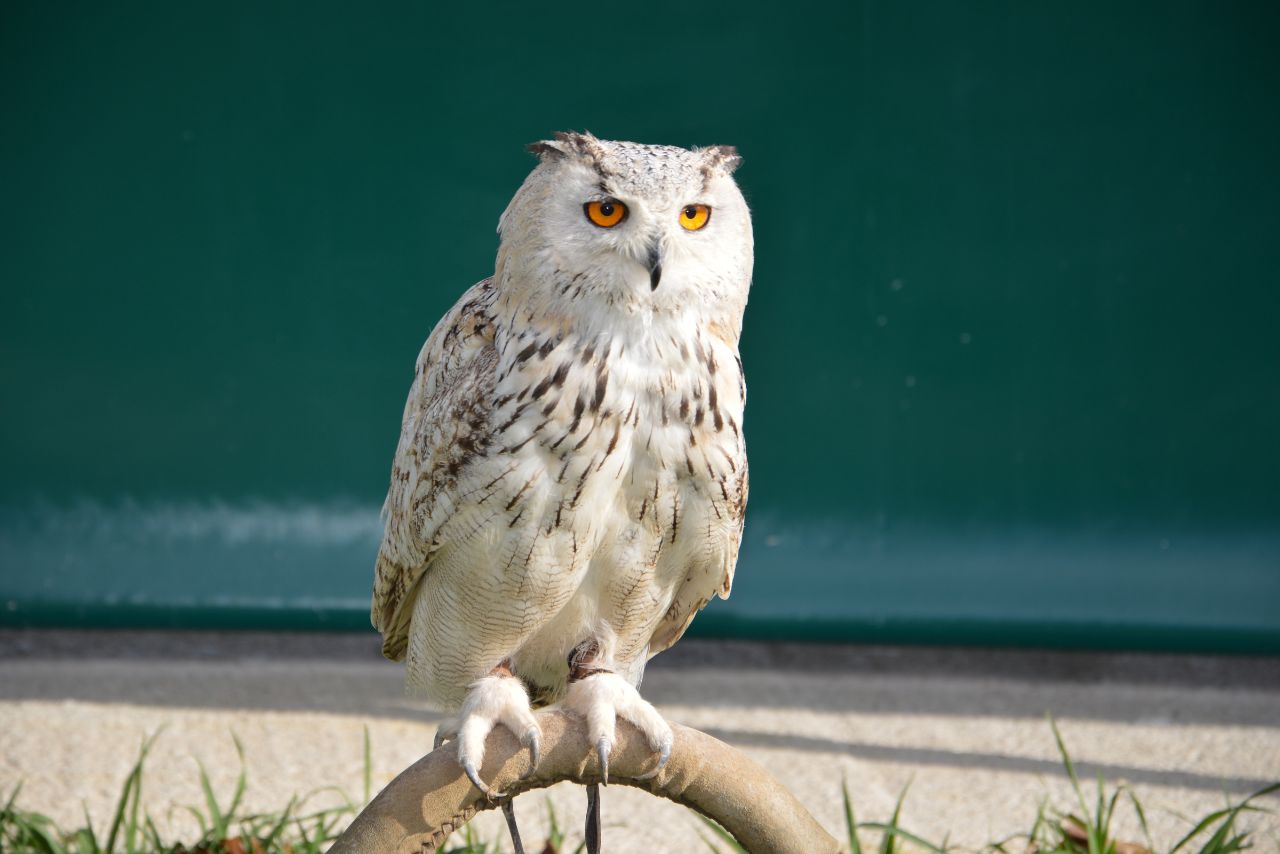Are owls social? This is a common question among bird enthusiasts and nature lovers. The answer, however, may surprise you. Owls are considered to be solitary creatures, While some species of owls exhibit certain social behaviors.
Most owls are solitary creatures. They live and hunt alone, and they only interact with other owls during the breeding season. However, there are a few species of owls that are more social.
Owls have long been associated with mystery and wisdom. Their nocturnal habits and haunting calls add an air of intrigue to their already enigmatic nature. But when it comes to being sociable, most owl species don’t fit the bill.
Unlike many other birds that form flocks or travel in groups for safety or breeding purposes, owls tend to lead solitary lives. In this blog post we will delve into solitary behavior of owls and their grouping in different seasons .
Are Owls Social?
Most owls are solitary creatures. They live and hunt alone, and they only interact with other owls during the breeding season. However, there are a few species of owls that are more social.
For example, the burrowing owl is a communal bird that lives in groups of up to 12 individuals. The barn owl is also social, and it may roost in groups of up to 20 owls during the winter.
Even though most owls are solitary, they are not necessarily antisocial. They may interact with each other in a variety of ways, such as through communication, courtship, and parenting.
For example, owls will often use vocalizations to communicate with each other, and they may also use body language to express their emotions.
During the breeding season, owls will form strong bonds with their mates, and they will work together to raise their young.
Here are some specific examples of how owls interact with each other:
Are Owls Nice To People?
Owls are not inherently nice to people. They are wild animals that are not accustomed to human contact. In general, owls will avoid humans if they can.

However, there are some owls that may be more tolerant of human presence, especially if they have been raised in captivity or have been handled by humans since they were young.
Here are some things to keep in mind about owls and people:
What is the most social owl?
The most social owl is the Burrowing Owl (Athene cunicularia). These owls are found in North and South America, and they live in burrows that they dig themselves.

Burrowing owls are often seen in groups of up to 12 individuals, and they may even share burrows.
Social Behavior of Owls
Owls are generally considered solitary creatures, but they do exhibit some social behavior under certain circumstances. Here are a few key points about the social behavior of owls:

Communication Among Owls
Owls have a unique way of communicating with each other. While they are not typically considered social animals, they do engage in various forms of communication to establish territories, attract mates, and defend themselves from predators. Here are some key aspects of owl communication:
Factors Influencing Owl Socialization
Owls are fascinating creatures known for their solitary nature, but there are several factors that can influence their social behavior.

Understanding these factors can shed light on why some owls may exhibit more sociable tendencies than others. Here are the key elements that impact owl socialization:
Watch Video: Are Owls Social?
Conclusion: Are Owls Social?
Owls are not typically considered social creatures. While some species of owls may exhibit limited social behavior during certain periods, such as mating or raising their young, they generally prefer a solitary lifestyle.
Owls are known for their exceptional hunting skills and nocturnal habits, which often require them to navigate the night skies alone.
The primary reason behind the owl’s solitary nature is its unique hunting strategy.
By relying on acute hearing and silent flight, these birds of prey have evolved to be highly efficient hunters in locating and capturing their prey without assistance from others.
Their ability to silently swoop down on unsuspecting prey makes it unnecessary for them to rely on group strategies like other social animals.
FAQs
How Do Owls Communicate with Each Other?
Owls communicate with each other through a variety of vocalizations, including hoots, whistles, and clicks. These vocalizations can be used to attract mates, defend territory, or locate food.
Owls communicate with each other through a variety of vocalizations, including hoots, whistles, and clicks. These vocalizations can be used to attract mates, defend territory, or locate food.
How Do Owls Court Each Other?
Owls court each other through a variety of behaviors, such as dancing, bowing, and wing flapping. These behaviors help to establish a bond between the pair and to ensure that they are compatible mates.
How Do Owls Raise Their Young?
Owls parents work together to raise their young. The female owl will typically lay 2-5 eggs, and both parents will take turns incubating the eggs and caring for the young owlets.
What Are Some of The Most Social Owl Species?
Some of the most social owl species include the burrowing owl, the barn owl, and the great horned owl. These owls often live in groups or colonies, and they may even share nesting sites.
Why Are Some Owls More Social than Others?
The social behavior of owls is thought to be influenced by a variety of factors, including their habitat, diet, and predators.
Owls that live in open habitats, such as grasslands or deserts, are more likely to be social than owls that live in forests or other dense vegetation.
Owls that eat small prey, such as rodents, are also more likely to be social than owls that eat larger prey, such as rabbits or bats.
And owls that are preyed upon by other animals, such as hawks or eagles, are also more likely to be social.
Are Owls Intelligent?
Owls are not as intelligent as some other animals, such as primates or dolphins. However, they are still intelligent creatures that are capable of learning and problem-solving.
What Are Some of The Benefits of Owls Being Social?
There are a few benefits to owls being social. For example, social owls can help each other to find food and avoid predators. They can also learn from each other and improve their hunting skills.




